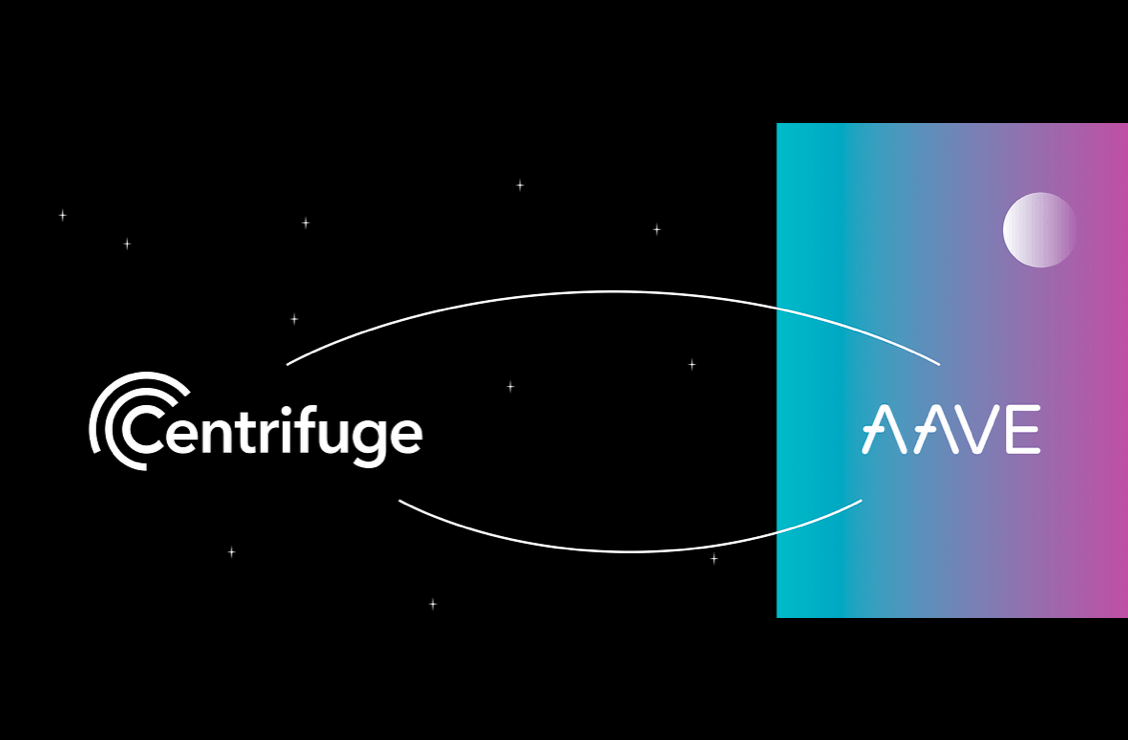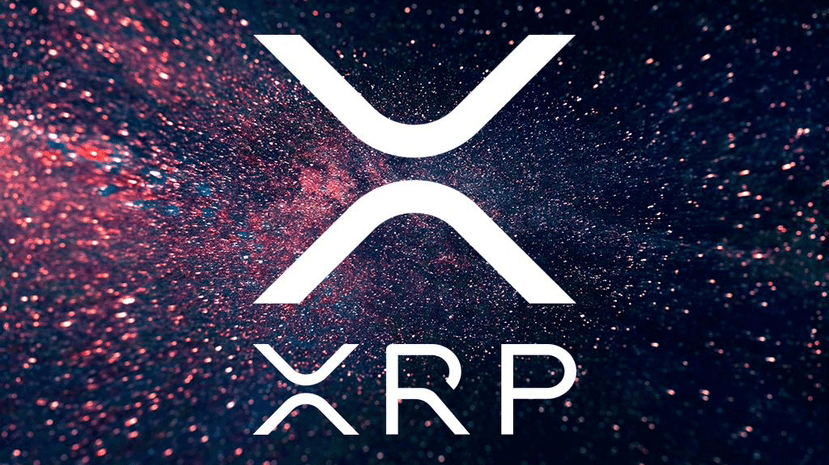
Bitcoin Trading Platform Fees The Complete Guide to Choosing Cost-Effective Crypto Exchanges
Navigating bitcoin trading platform fees can make the difference between profitable trading and watching your gains disappear due to excessive charges. With hundreds of cryptocurrency exchanges competing for your business, understanding fee structures has become crucial for both novice and experienced traders. The landscape of bitcoin trading platform fees varies dramatically across different platforms, with some charging as little as 0.1% while others impose fees exceeding 3% per transaction.
Whether you’re making your first bitcoin purchase or executing high-volume trades, these fees directly impact your bottom line. From maker-taker models to spread-based pricing, withdrawal charges to deposit costs, the complexity of modern fee structures requires careful analysis. This comprehensive guide will help you decode bitcoin trading platform fees, compare major exchanges, and implement strategies to minimize your trading costs while maximizing your investment potential.
Understanding Bitcoin Trading Platform Fee Structures
The Anatomy of Cryptocurrency Exchange Fees
Bitcoin trading platforms employ various fee models, each designed to generate revenue while maintaining competitive positioning. The most common structure involves trading fees, which are charges applied when you buy or sell bitcoin. These fees typically range from 0.04% to 1.5% per transaction, depending on your trading volume and the platform’s pricing strategy.
Most exchanges utilize a tiered fee system where higher trading volumes result in lower percentage fees. For instance, a trader executing $1,000 worth of transactions monthly might pay 0.5% per trade, while someone trading $100,000 monthly could pay just 0.1%. This volume-based approach incentivizes larger traders while ensuring smaller investors still have access to the platform.
Maker vs. Taker Fee Models
The maker-taker model represents one of the most significant innovations in the fees charged by bitcoin trading platforms. Makers are traders who add liquidity to the order book by placing limit orders that don’t execute immediately. Takers remove liquidity by placing market orders or limit orders that execute immediately against existing orders.
Exchanges typically reward makers with lower fees (sometimes even negative fees through rebates) while charging takers higher rates. This system encourages traders to provide liquidity, improving market depth and reducing price volatility. Understanding whether you’re predominantly a maker or taker can significantly impact your fee calculations.
Bitcoin Trading Platform Fees Comparison: Top Exchanges in 2025

Major Exchange Fee Analysis
When comparing bitcoin trading platform fees across leading platforms, several key players emerge with distinct pricing strategies. Binance, the world’s largest cryptocurrency exchange by volume, offers competitive rates starting at 0.1% for both makers and takers, with potential reductions to 0.02% for high-volume traders.
Coinbase Pro (now Advanced Trade) employs a different approach, charging fees between 0.5% and 0.6% for most retail traders, though these rates can decrease significantly for institutional clients. The platform’s user-friendly interface and regulatory compliance often justify higher fees for less experienced traders.
Kraken positions itself as a premium platform with fees ranging from 0.16% to 0.26% for most users. Their transparent fee structure and robust security measures appeal to traders willing to pay slightly higher costs for enhanced reliability and customer service.
Hidden Costs and Additional Charges
Beyond basic trading fees, bitcoin trading platforms often impose additional charges that can substantially impact your overall costs. Withdrawal fees represent a significant consideration, as these can range from $5 to $50 per bitcoin withdrawal, depending on network congestion and the exchange’s policies. Deposit fees vary widely, with some platforms offering free bank transfers while others charge 3-5% for credit card deposits.
International wire transfers might incur additional banking fees, making it essential to factor these costs into your trading strategy. Inactivity fees represent another potential cost, with some exchanges charging monthly fees for accounts that remain dormant. While not universal, these charges can erode your holdings if you’re a long-term holder rather than an active trader.
Fee Optimization Strategies for Bitcoin Traders
Volume-Based Tier Advantages
Maximizing your trading volume to reach higher fee tiers can significantly reduce your bitcoin trading platform fees over time. Many exchanges offer monthly fee calculations, meaning you can strategically time larger trades to achieve better rates for subsequent transactions.
Consider consolidating your trading activity on a single platform rather than spreading it across multiple exchanges. While diversification has its benefits, concentrating volume can unlock lower fee tiers more quickly. However, this strategy should be balanced against other factors like security, available trading pairs, and platform reliability.
Utilizing Native Exchange Tokens
Many bitcoin trading platforms offer additional fee discounts when you hold their native tokens. Binance Coin (BNB), for example, can reduce trading fees by up to 25% when used to pay transaction costs. Similarly, other exchanges have implemented token-based discount systems.
While these tokens can provide substantial savings, they also introduce additional risk through price volatility. The tokens themselves are subject to market fluctuations, potentially offsetting fee savings if their value declines significantly.
Regional Variations in Bitcoin Trading Platform Fees
Geographic Fee Differences
Bitcoin trading platform fees often vary based on your geographic location due to regulatory requirements, local banking costs, and competitive landscapes. European traders might find different fee structures compared to their American or Asian counterparts, particularly regarding deposit and withdrawal methods.
Regulatory compliance costs can significantly impact fees in certain jurisdictions. Platforms operating in highly regulated markets like the United States or the European Union often pass these compliance costs to users through slightly higher fees or additional verification requirements.
Payment Method Impact on Costs
The method you choose for funding your trading account dramatically affects your overall costs. Bank transfers typically offer the lowest fees but may take several days to process. Credit and debit cards provide instant funding but often come with fees ranging from 1.5% to 4%.
Wire transfers occupy a middle ground, offering faster processing than ACH transfers but at higher costs. Some platforms also accept alternative payment methods like PayPal or digital wallets, each with its own fee structures and processing times.
Advanced Fee Calculation Methods

Understanding Spread-Based Models
Some bitcoin trading platforms utilize spread-based pricing instead of traditional percentage fees. In this model, the exchange profits from the difference between buy and sell prices rather than charging explicit transaction fees. While this can appear cheaper on the surface, the effective cost often equals or exceeds traditional fee structures.
Spread-based models can be particularly costly during periods of high volatility when bid-ask spreads widen significantly. Traders should calculate the effective cost by comparing the platform’s prices to market rates on other exchanges.
API Trading Fee Considerations
Professional traders using algorithmic trading strategies through exchange APIs may encounter different fee structures. Some platforms offer reduced rates for API trading to encourage automated market making, while others maintain consistent fees across all trading methods.
High-frequency traders should pay particular attention to rate limits and potential additional charges for excessive API calls. These costs can quickly accumulate for strategies that require frequent order updates or market data requests.
Security vs. Cost Trade-offs
Premium Security Features and Their Costs
Enhanced security features often come with additional costs that impact overall bitcoin trading platform fees. Cold storage options, insurance coverage, and advanced authentication methods may be reflected in higher base fees or additional service charges.
While security should never be compromised for lower fees, understanding these trade-offs helps in making informed decisions. Some platforms offer tiered security options, allowing users to choose their preferred balance between cost and protection.
Regulatory Compliance Costs
Exchanges operating in multiple jurisdictions face varying regulatory requirements that influence their fee structures. Platforms with comprehensive compliance programs often charge slightly higher fees to cover the costs of legal compliance, reporting requirements, and regulatory oversight. These additional costs can be justified by the reduced risk of regulatory shutdown or frozen assets, making them worthwhile for serious traders despite the higher expenses.
Future Trends in Bitcoin Trading Platform Fees
Competitive Pressure and Fee Reduction
The increasing competition among bitcoin trading platforms continues to drive fee reductions across the industry. New entrants often launch with ultra-low fees to attract users, forcing established exchanges to reconsider their pricing strategies.
This competitive environment benefits traders through lower costs and improved services. However, sustainability concerns arise when platforms operate with unsustainably low fees, potentially leading to service quality issues or sudden fee increases.
Also Read: Bitcoin Trading Platform News, Latest Updates, Regulatory Changes, & Market Developments 2025
Technology Impact on Fee Structures
Technological advances in blockchain infrastructure and trading systems are gradually reducing operational costs for exchanges. Lightning Network integration, for example, could significantly reduce withdrawal fees for bitcoin transactions.
Automated market making and improved matching engines also contribute to operational efficiency, potentially leading to lower fees over time. These technological improvements benefit both exchanges and traders through reduced costs and improved execution quality.
Conclusion
Understanding bitcoin trading platform fees is essential for maximizing your cryptocurrency investment returns. With fee structures varying significantly across platforms and trading strategies, informed decision-making can save substantial amounts over time. From maker-taker models to volume-based discounts, the key lies in aligning your trading habits with the most cost-effective platform options.
As the cryptocurrency market continues evolving, staying informed about fee changes and new platform offerings ensures you’re always getting the best value for your trades. Take action today by comparing bitcoin trading platform fees across your preferred exchanges and optimizing your trading strategy to minimize costs while maximizing your investment potential.







